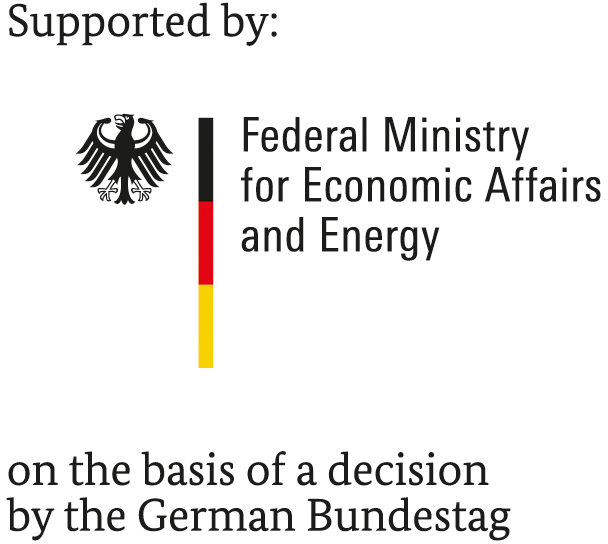Switching from simple to complex oscillations in calcium signaling.
Description
Formats
- Systems Biology Markup Language Level 3 Version 1 Core
- Systems Biology Markup Language Level 2 Version 5
Links
Systematic construction of kinetic models from genome-scale metabolic networks.
Description
The quantitative effects of environmental and genetic perturbations on metabolism can be studied in silico using kinetic models. We present a strategy for large-scale model construction based on a logical layering of data such as reaction fluxes, metabolite concentrations, and kinetic constants. The resulting models contain realistic standard rate laws and plausible parameters, adhere to the laws of thermodynamics, and reproduce a predefined steady state. These features have not been simultaneously achieved by previous workflows. We demonstrate the advantages and limitations of the workflow by translating the yeast consensus metabolic network into a kinetic model. Despite crudely selected data, the model shows realistic control behaviour, a stable dynamic, and realistic response to perturbations in extracellular glucose concentrations. The paper concludes by outlining how new data can continuously be fed into the workflow and how iterative model building can assist in directing experiments.
Formats
Links
Systems Modeling of Interactions between Mucosal Immunity and the Gut Microbiome during Clostridium difficile Infection.
Description
Clostridium difficile infections are associated with the use of broad-spectrum antibiotics and result in an exuberant inflammatory response, leading to nosocomial diarrhea, colitis and even death. To better understand the dynamics of mucosal immunity during C. difficile infection from initiation through expansion to resolution, we built a computational model of the mucosal immune response to the bacterium. The model was calibrated using data from a mouse model of C. difficile infection. The model demonstrates a crucial role of T helper 17 (Th17) effector responses in the colonic lamina propria and luminal commensal bacteria populations in the clearance of C. difficile and colonic pathology, whereas regulatory T (Treg) cells responses are associated with the recovery phase. In addition, the production of anti-microbial peptides by inflamed epithelial cells and activated neutrophils in response to C. difficile infection inhibit the re-growth of beneficial commensal bacterial species. Computational simulations suggest that the removal of neutrophil and epithelial cell derived anti-microbial inhibitions, separately and together, on commensal bacterial regrowth promote recovery and minimize colonic inflammatory pathology. Simulation results predict a decrease in colonic inflammatory markers, such as neutrophilic influx and Th17 cells in the colonic lamina propria, and length of infection with accelerated commensal bacteria re-growth through altered anti-microbial inhibition. Computational modeling provides novel insights on the therapeutic value of repopulating the colonic microbiome and inducing regulatory mucosal immune responses during C. difficile infection. Thus, modeling mucosal immunity-gut microbiota interactions has the potential to guide the development of targeted fecal transplantation therapies in the context of precision medicine interventions.
Formats
- Systems Biology Markup Language Level 3 Version 1 Core
- Systems Biology Markup Language Level 2 Version 5




We present a new model for calcium oscillations based on experiments in hepatocytes. The model considers feedback inhibition on the initial agonist receptor complex by calcium and activated phospholipase C, as well as receptor type-dependent self-enhanced behavior of the activated G(alpha) subunit. It is able to show simple periodic oscillations and periodic bursting, and it is the first model to display chaotic bursting in response to agonist stimulations. Moreover, our model offers a possible explanation for the differences in dynamic behavior observed in response to different agonists in hepatocytes.